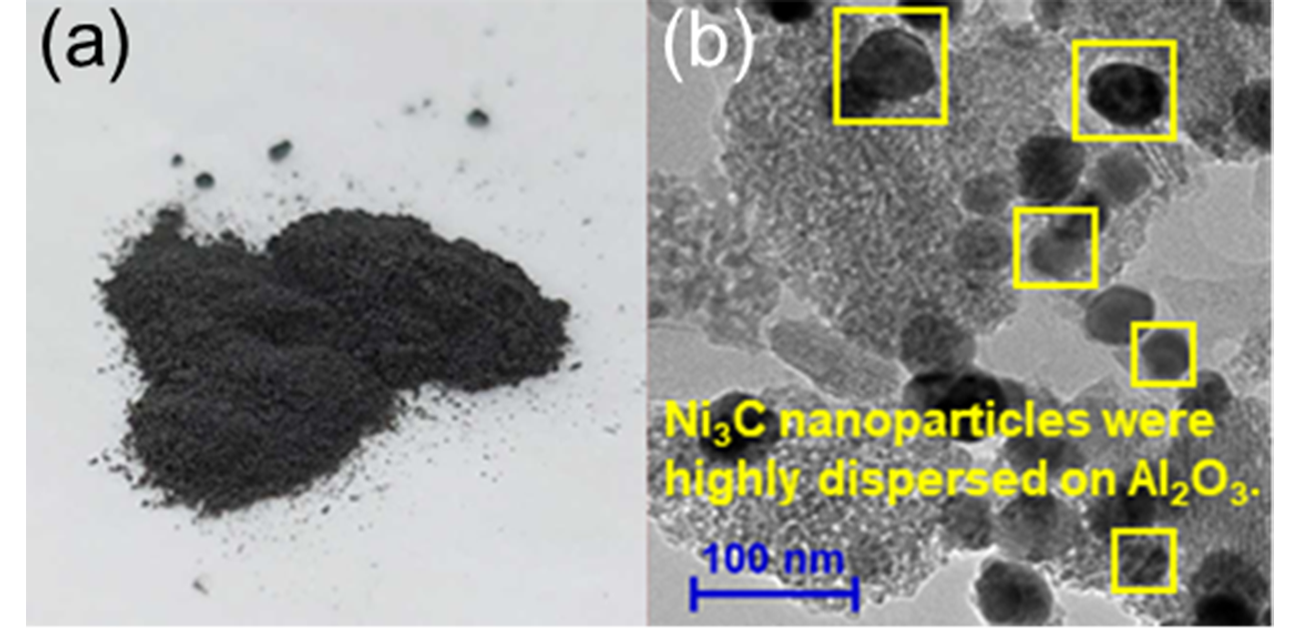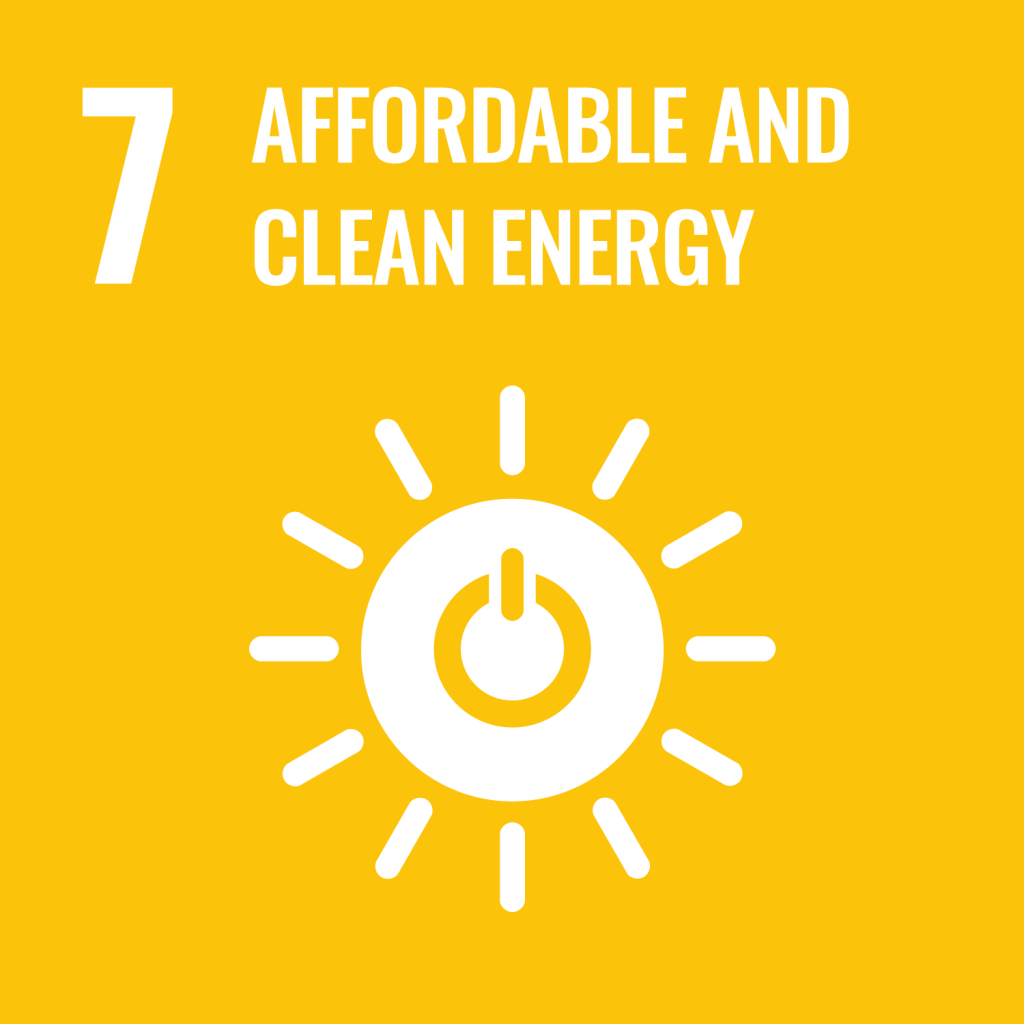
Cheap substitute for expensive metal in an industrially common chemical reaction
Researchers from Osaka University and collaborating partners have developed an economical catalyst for an important chemical transformation, which might inspire additional efforts at lowering costs in the chemical industry
The chemical industry commonly uses rare, expensive metals to produce pharmaceuticals and other essential substances. Replacing these metals whenever possible with more-abundant, cheaper substitutes would benefit environmental sustainability, lower costs, and minimize the risk of supply chain disruptions.
Now, in a study recently published in Chemistry – A European Journal, researchers from Osaka University and collaborating partners have met this need in their work on an industrially useful chemical transformation. The simple, gentle reaction conditions reported here might inspire researchers who are working to reduce use of expensive metals for as many chemical reactions as possible.
So-called noble metals are especially versatile materials. For example, palladium is a metal of choice for catalyzing a chemical transformation – converting nitriles into primary amines – that is a common step in nylon and plastics production. However, such metals are rare and costly. Substitutes based on common metals such as nickel could be cheaper catalysts. Unfortunately, many cheap metals require challenging experimental conditions, such as high pressures and temperatures, for the previously mentioned chemical transformation. Determining whether nickel carbide has the same limitations – and if not, evaluating the scope of the chemical transformations that are possible with this catalyst – was the goal of the research team’s study.
“In our work, we thoroughly study the reaction chemistry that underlies a novel nickel carbide nanoparticle heterogeneous catalyst for selective hydrogenation of nitriles into primary amines,” explains Sho Yamaguchi, lead author of the study. “The substrate scope is broad – many types of heteroaromatic and aliphatic nitriles can undergo this transformation.”
There are several advantages of the researchers’ catalyst. One, despite the mild required reaction conditions – 1 atmosphere pressure of hydrogen and a relatively low temperature of approximately 150°C – the catalyst still exhibited 4-times the activity of simple nickel nanoparticles. Two, the catalyst was reusable: at least 3-times. Three, the reaction yields were high: up to 99%.
“We’re excited because our research will help minimize the use of expensive metals for and simplifies the experimental setup of a common class of chemical syntheses,” says Tomoo Mizugaki, senior author. “Furthermore, our theoretical calculations provide insights that will help us optimize the catalyst for additional applications.”
This work is an important step forward in increasing the sustainability of a class of chemical reactions that are required for synthesizing pharmaceuticals and many other everyday products. Because the nickel catalyst is much cheaper than a noble metal, and the required experimental procedures are simple, feasible applications to further chemical transformations should be straightforward.
Fig.1
(a) The photo of nano-Ni3C/Al2O3 catalyst. (b) Transmission electron microscope image of nano-Ni3C/Al2O3. (c) Hydrogenation of nitrile to benzylamine using nano-Ni3C or Ni nanoparticle catalyst, and the substrate scope for the nitrile hydrogenation catalyzed by nano-Ni3C/Al2O3.
Credit: 2024 Yamaguchi et al., Nickel Carbide Nanoparticle Catalyst for Selective Hydrogenation of Nitriles to Primary Amines, Chemistry – A European Journal
Fig.2.
Hydrogenation of various nitriles using the nano-Ni3C/Al2O3 catalyst under 1 bar H2.
Credit: 2024 Yamaguchi et al., Nickel Carbide Nanoparticle Catalyst for Selective Hydrogenation of Nitriles to Primary Amines, Chemistry – A European Journal
The article, “Nickel carbide nanoparticle catalyst for selective hydrogenation of nitriles to primary amines,” was published in Chemistry – A European Journal at DOI: https://doi.org/10.1002/chem.202303573.




